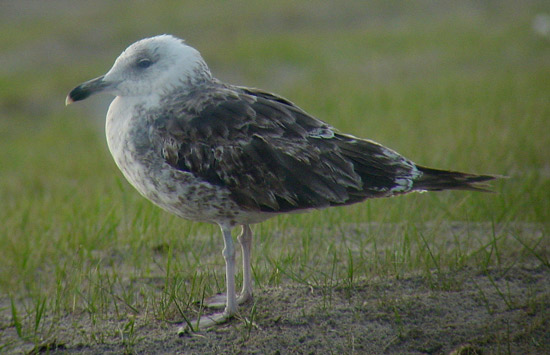
Photo 1634: LBBG 2cy, June 18 2002, Vuurtorenvlakte - Maasvlakte, the Netherlands.
Here you find second type 2cy LBBG with a very pale head and a distinct neck-collar.
The bill has a clear-cut pale tip, the legs are
distinctly short and in general it's a small, elegant 'neck-less' individual,
almost certainly originating from an intermedius population in
Scandinavia.
Primary moult is at an average stage for 2cy LBBG in the Netherlands, with P1
and P2 fully grown, P5 missing and P6 still juvenile. Tail-feather moult has
started as well with rectrices R1-2 new, R3-4 missing and the outer
tail-feathers still juvenile.
Tertials #1-3 were moulted quite a while ago, probably they were included in the
post-juvenile moult last autumn to early winter. The lower tertials #4-6 were
replaced on the wintering grounds, prior to northbound migration this spring.
They show a neat white fringe at the tips.
The inner 6 greater coverts were moulted in the post-juvenile moult as well.
Currently, they are very abraded at the fringes, but still are in a much better
condition than the central greater coverts, which are still juvenile. In the
median coverts, the central feathers are clearly plain dark and are second
generation as well, as are the inner greater coverts. The very worn feathers
with a brown centre and deeply notched fringes are retained juvenile feathers. Most of the lesser coverts are still
juvenile, especially the upper row of lessers and the carpal edge. A few lessers
were included in the post-juvenile moult and appear all dark with slightly
abraded fringes. A few of the inner lesser coverts were
recently shed.
In the scapulars, the all dark third generation feathers stand out obviously (in
the lower row of upper scapulars). The very dark, almost black colour advocates
a northern origin. The lowest row of lower scapulars (normally moulted late in
the season) consists of all brown second generation feathers and holds a strong
clue for the lower row of upper scapulars to be of third generation.
